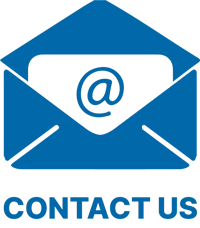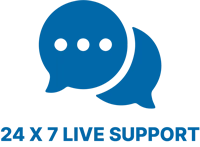What Is a 401a Plan?
A 401a plan is a retirement savings account that you’ll usually find in government jobs, schools, and some non-profits. It’s set up by the employer, and in most cases the employer also decides the rules, like how much money goes in and which funds are offered.
Unlike a 401k where you pick how much you want to contribute, a 401a doesn’t really give you that choice. The contribution rates are usually fixed, and the investment options are also limited compared to something like a Roth IRA.
How a 401a Plan Works
With a 401a, the employer usually puts money into the account for you. Sometimes employees have to chip in too, but the rate is normally set by the organization. The money grows over time through investments, and when you retire, you can use it just like other retirement accounts.
But, if you take money out too early, you’re likely to pay taxes and penalties. That’s similar to how other retirement plans work. For more official details, you can always check the IRS Retirement Plans page.
Example in Real Life
Think about a teacher working for a public school district. The district might contribute 8% of their salary every paycheck into a 401a plan. The teacher may also have to add in 2% themselves. Over time, that builds up into retirement savings.
On their pay stub, these contributions will show up just like Regular Hours, overtime, or even things like Accrued Leave balances. If it’s not tracked correctly, it can cause confusion in payroll. Tools like StubBuilder make it easier because the contributions can be shown clearly on a pay stub.
401a vs Other Retirement Plans
- 401a vs 401k – A 401k is more flexible; you choose how much to put in. A 401a is more controlled by the employer.
- 401a vs Roth IRA – With a Roth IRA, you put in after-tax money and don’t pay tax when you take it out later. A 401a is usually pre-tax, so you pay when you withdraw.
- 401a vs Pension – A pension promises a fixed income at retirement. A 401a depends on contributions and investment growth.
Why It Matters for Payroll
For payroll teams, tracking 401a contributions is important. Just like recording Federal Holidays 2025 hours or noting deductions on forms like 1099 MISC Form or 1099 NEC Form, retirement contributions need to be clear and correct. Mistakes here can cause problems with both compliance and employee trust.
Key Things To Remember
- A 401a plan is usually for public sector and non-profit jobs.
- The employer sets most of the rules.
- It’s less flexible than a 401k but still builds long-term savings.
- Payroll needs to show these deductions clearly, same as hours worked or leave earned.
FAQs About 401a Plans
1) Is a 401a plan the same as a 401k?
No, they work differently. A 401k lets you pick your own contributions, a 401a is more set by your employer.
2) Who offers 401a plans?
They’re most common in schools, government offices, and some non-profits.
3) Can I cash out early?
Yes, but you’ll probably face penalties and taxes unless you meet certain conditions.
4) How does it show on my pay stub?
It appears as a retirement deduction, alongside other items like Regular Hours or overtime.
5) Is it better than a Roth IRA?
Not better or worse, just different. A Roth IRA is flexible and after-tax. A 401a is employer-based and usually pre-tax.
StubBuilder Can Help
Handling payroll isn’t just about paying wages. It’s also about tracking things like retirement contributions, leave balances, and even pay around Federal Holidays 2026. With StubBuilder’s real pay stub generator, you can show all of this clearly so both employers and employees understand their paycheck.







